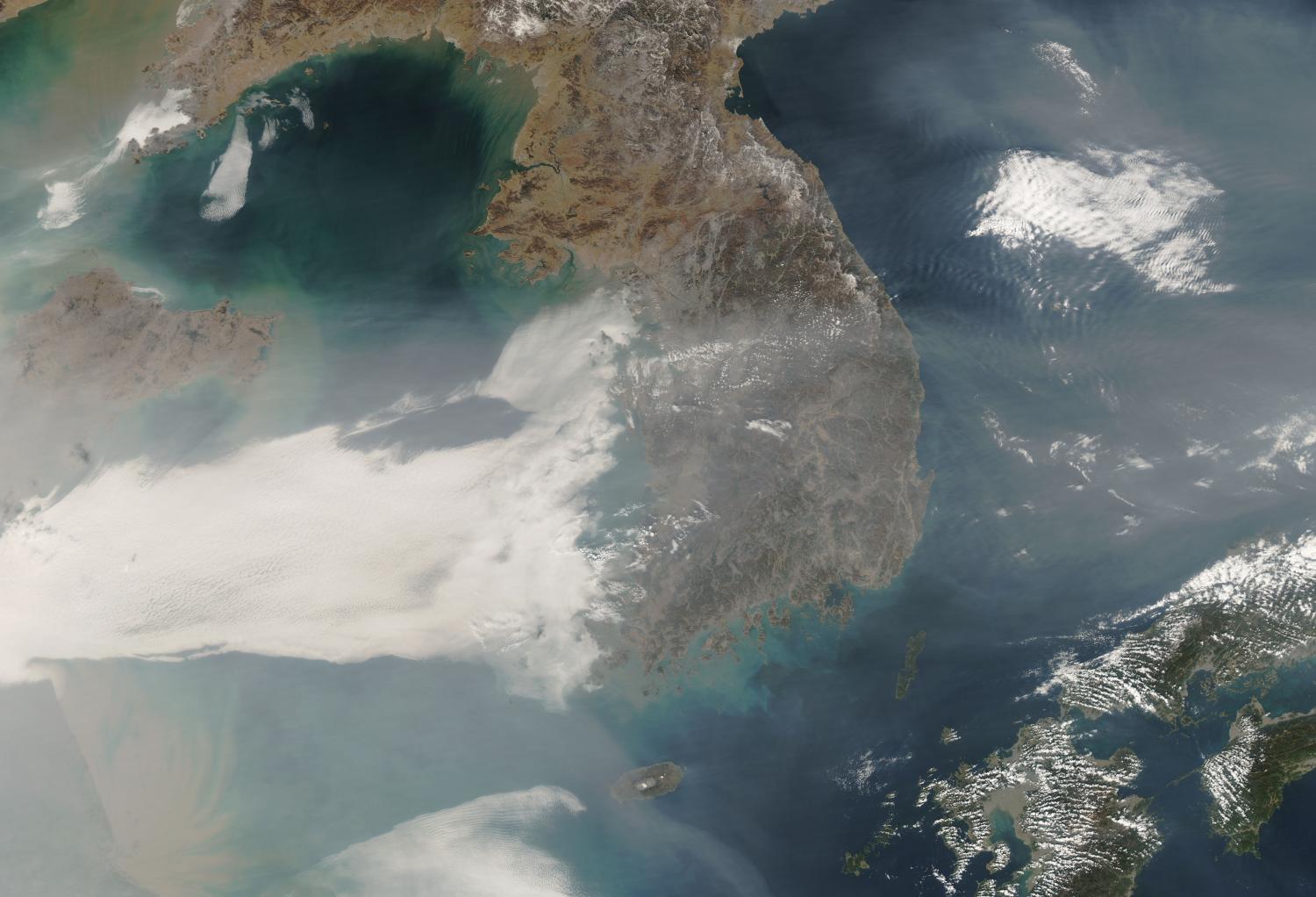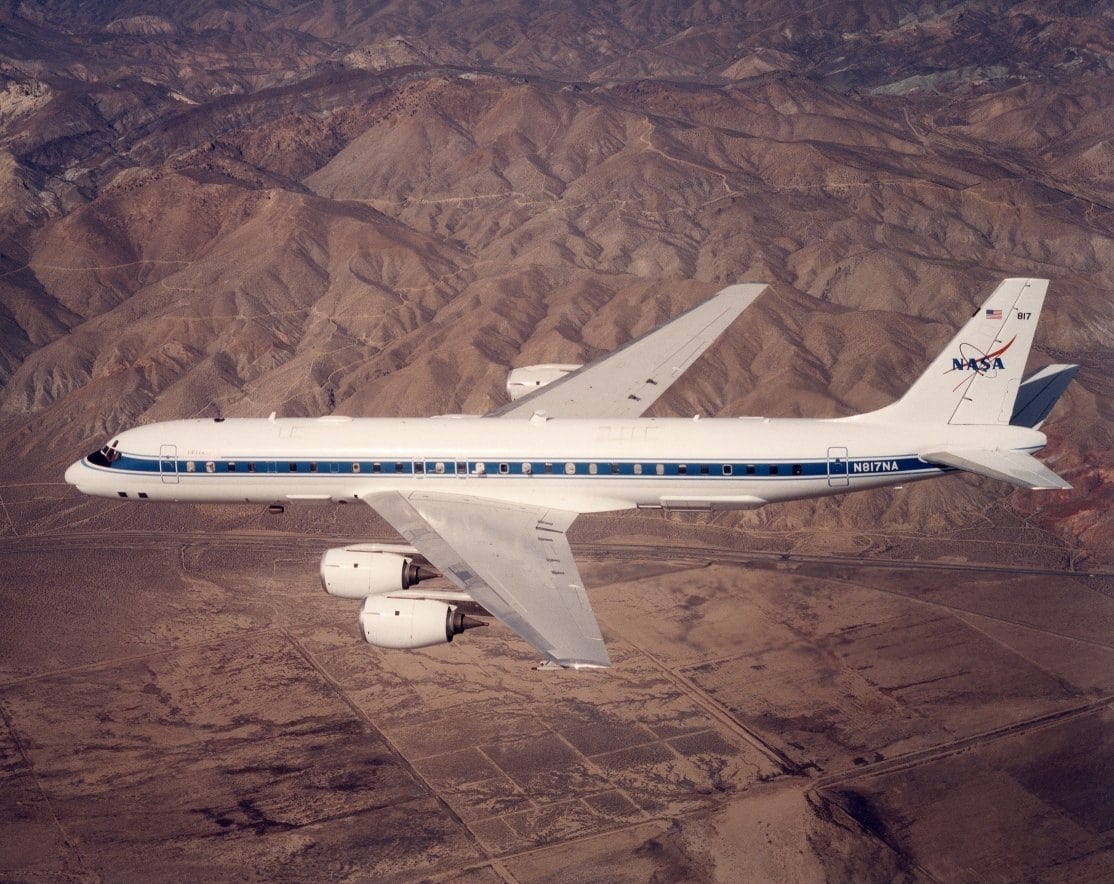United States (Washington)
When we think of NASA, we think of sending man to the moon – or Mars – but the space agency is expert in field experiments too. In March 2015 it stepped up its ground game with the launch of eight major globe-spanning Earth Expeditions that delve into challenging questions about how our planet is changing critically. And the public is invited along for the ride.
Scientists will head from the edge of the Greenland ice sheet to the coral reefs of the South Pacific to provide a deeper view of how our planet works – complementing what NASA have learned from the vantage point of space. From up there scientists can observe that our planet is changing, but to really understand what that means for our future, they need a closer look – from land, sea and air.
“Combining the long-term global view from space with detailed measurements from field experiments is a powerful way of deciphering what’s happening in our world,” notes Michael Freilich, director of NASA’s Earth Science Division in Washington. “Scientists worldwide use NASA Earth science field data together with satellite data and computer models to tackle many of today’s environmental challenges and advance our knowledge of how the Earth works as a complex, integrated system.”
For example, this summer a refitted fishing boat will map the seafloor around Greenland as the first step in a six-year research program to document the loss of ice from the world’s largest island. The Oceans Melting Greenland (OMG) field campaign will gather data to help predict the extent and timing of the resulting sea level rise.
“A lot of the major uncertainty in future sea level rise is in the Greenland Ice Sheet,” says OMG principal investigator Josh Willis, a scientist at NASA’s Jet Propulsion Laboratory. At about 660,000 square miles (1.7 million square kilometres), the ice sheet is three times the size of Texas. It’s about a mile deep on average and contains enough water to raise global sea levels about 20 feet (6 meters), if it were all to melt. “The question is how fast it’s melting.”
Watch the video below for a quick guide to all snappily-titled eight missions, including the OMG mission, ABoVE mission (Arctic Boreal Vulnerability Experiment) and ORACLES mission (Observations of Clouds above Aerosols and their Interactions).
You can follow the Earth Expeditions on Facebook, Twitter, their blog and webpage, which will feature video, photos and blogs from these field missions.
Project leader
Steve Cole, Earth Science Division, NASA
Support the Atlas
We want the Atlas of the Future media platform and our event to be available to everybody, everywhere for free – always. Fancy helping us spread stories of hope and optimism to create a better tomorrow? For those able, we'd be grateful for any donation.
- Please support the Atlas here
- Thank you!


CORAL (Coral Reef Airborne Laboratory)

KORUS-AQ (Korea U.S.-Air Quality)

ATom (Atmospheric Tomography)


